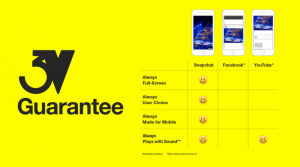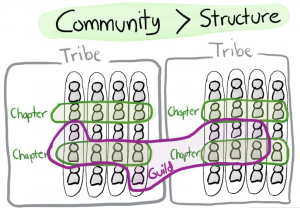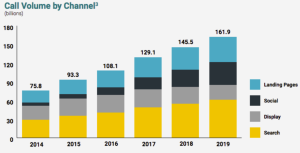Marketing automation platforms (MAPs) promise the holy grail of inbound marketing. They allow you to send personalized, highly relevant messages to website visitors based on their online actions—and to measure the results of these marketing activities with precision.
Yet, few organizations today fully translate that power into business success. Eighty-five percent of companies that have purchased or implemented a MAP fail to use it to its fullest potential, according to SiriusDecisions.
Why? The situation all comes down to the old adage, “If you fail to plan, you plan to fail.”
Making most of marketing automation requires a plan. The following are eight steps for developing your plan:
1. Define your business strategy—What are your overall business objectives and how do you want your inbound marketing to contribute to those goals. Do you want to speed the sales cycle? Increase revenue by 15 to 20 percent? With these goals in mind, you can create your tactical strategy and define metrics to track your progress. Because the MAP delivers metrics for each user action on your site, it’s easy to determine whether you’re on pace to reach your goals or need to adjust your tactics.
2. Execute incrementally—Making the most of a MAP requires not only learning a platform, but also redesigning business processes. Rather doing everything at once, take an incremental approach so your organization can develop the necessary technical expertise, processes, and skills. Start with a proof of concept that automates existing procedures to improve productivity by eliminating time-consuming manual tasks. After that, automate one new thing at a time.
3. Communicate with executives—With all the hype surrounding MAP tools, executives can easily lose confidence if they don’t see a rapid ROI. To mitigate this risk, let executives know upfront that it can take up to six months to achieve ROI. Then develop a roadmap with milestones and keep executives apprised of your progress. By successfully meeting your milestones, you can retain executive support until the platform is up and running.
4. Inventory your strengths, weaknesses, and skillsets—Marketing automation sits at the crossroads between business, technology, marketing, and demand generation. You need many disparate skillsets and cross-departmental processes to take advantage of the platform. These include process design, marketing automation, strategic data management, organizational communications, CRM, as well as content creation and curation. Since few organizations initially have all the necessary skills and processes in place, inventory your strengths and weaknesses in these areas. You can then prioritize the missing skills and the development of new interdepartmental processes.
5. Define metrics—Determine the metrics that make the most sense for your organization. Three key metrics to consider include:
- Lead velocity—which measures the time from when the lead is generated to when it turns into a sale, the touch points the lead goes through, and the percentage of leads that convert.
- Cost per net new lead acquisition by channel—which measures the cost of acquiring leads by channel to determine which channels perform best.
- Marketing-qualified-lead to sales-qualified-lead conversion rates—which measures the quality of leads marketing gives to sales.
6. Manage and analyze consumer data—Data management is a critical component of any marketing-automation project. You need to define your target audience and send them content that’s of interest and drives action. A data-management expert can segment current customers and profile their relevant characteristics. That expert can then determine how well your current customer profile overlaps with that of prospects. If your prospects are similar to existing customers, you can take what you know resonates with customers to create appropriate campaigns. For others, create campaigns based on your best hypotheses about what will be interesting and then use the MAP to test your theories.
7. Develop a content-creation and curation process—MAP relies on relevant and compelling content to advance prospects and customers through the buying cycle. You need a strategy for creating and curating content. The strategy should define business goals, determine the target audience, uncover their pain points, and map out their informational needs. Once you’ve developed your strategy, evaluate existing content to determine what you can use or need to overhaul, assign responsibility for content creation or curation, create a workflow, and determine success metrics.
8. Create lead-nurture tracks—Given the length of many B2B sales cycles and the high costs of generating leads, it’s important to stay top-of-mind by nurturing your leads. MAP solutions allow you to build a series of emails that deliver the right content to the prospects at the right time based on buyer personas and where they are in the sales cycle. Because marketing-automation solutions progressively profile prospects’ interactions, you can track what prospects do and how they respond to different types of content and fine tune your content over time.
Create different types of lead-nurture campaigns for different types of leads. For example, if someone has downloaded some of your content but shows no signs of buying, create a long-term nurture campaign that provides educational content to establish awareness. If someone starts to more actively engage, a short-term nurture campaign can lead them through the steps of the buying cycle.
By defining these campaign elements, you can ensure that you make the most of your MAP’s sophisticated capabilities while maintaining enthusiastic support from executives during what can be a lengthy implementation process.
For more information, download our white paper, “Making the Most of MAP.”
Business Articles | Business 2 Community
(337)
Report Post






